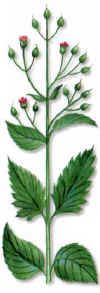
 G
G


 GRASS OF THE LAMPARONES
GRASS OF THE LAMPARONES


|
 G
G
|

|

|
 GRASS OF THE LAMPARONES
GRASS OF THE LAMPARONES
|

|
| escrofularia scrophularia nodosa |





 GRASS OF THE LAMPARONES
GRASS OF THE LAMPARONES


U.E.P.
 Add to Favorite
Add to Favorite
 Home Page
Home Page
 Recommend this Plant
Recommend this Plant
|

|
|
2008 © HIPERnatural.COM
www.hipernatural.com Your Source of Natural Health in Internet |
|